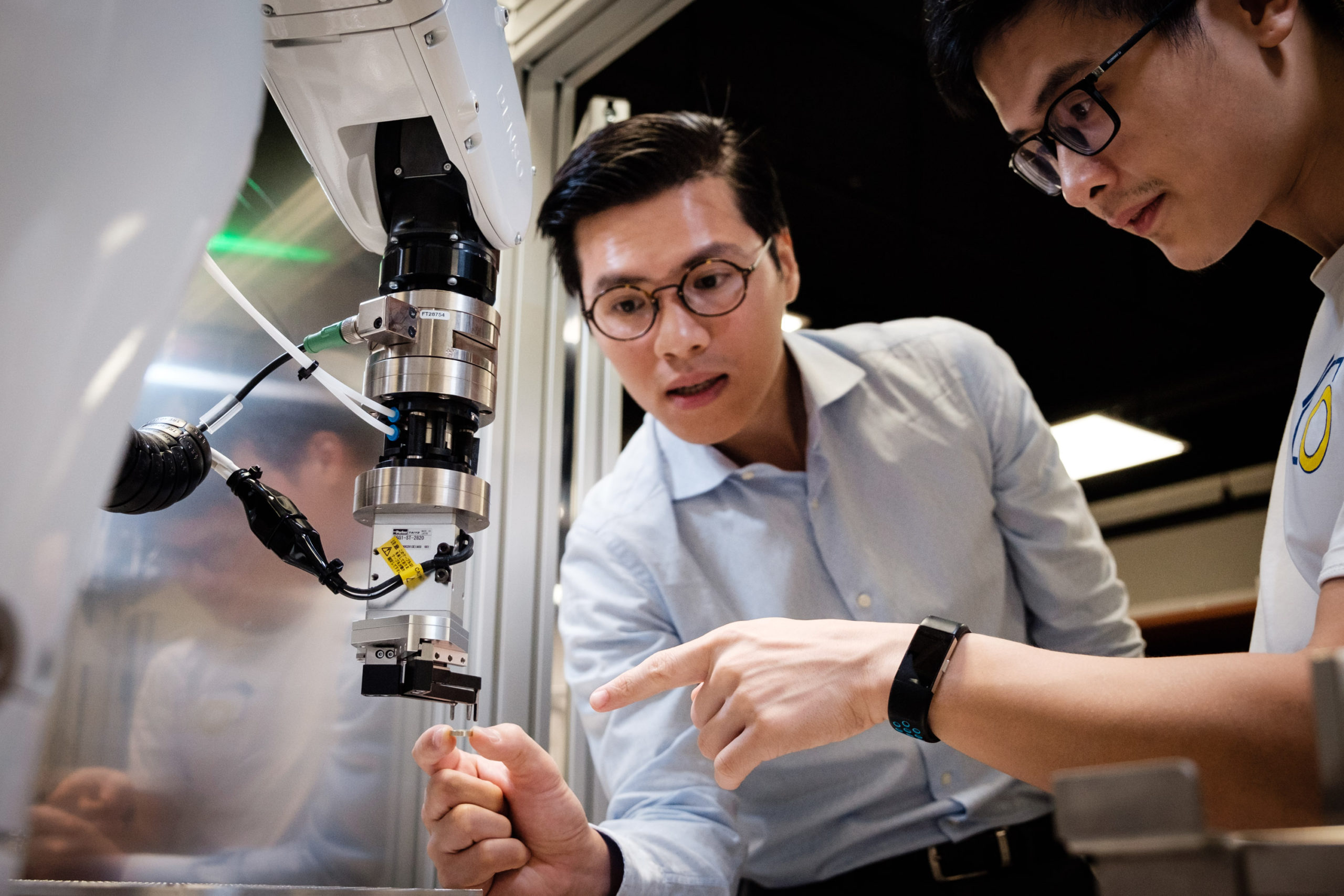With a tap on a smartphone screen, an automated mower starts rumbling across the field. The machine moves on its own, doing the heavy work of readying the farmland for aging workers.
The machine, developed by Shinano Robotics Innovations, connects to Japan’s Michibiki global positioning satellite system so that it stays within 3 centimeters of the designated route. The company completed three years of testing in March.
Shinano Robotics, based in the Nagano Prefecture town of Shinano, is among the growing ranks of businesses testing out new technologies to help ease the labor shortages facing rural communities across the country.
“First, people control the mowing machines in fields and paddies,” said Tetsuya Akahori, head of Shinano Robotics. “The program learns the paths taken, and the machine operates automatically when it is put to work starting from the second time around.”
The company plans to start providing the mowing robot via a subscription service as soon as 2024. It foresees demand from places where such work is labor-intensive.
In farms where the testing took place, mowing done with conventional machines requires about JPY 3.7 million (USD 26,900) a year in labor and other costs. The self-driving mowers are expected to slash this to as low as JPY 600,000 (USD 4,360) or so.
Automated technology could be applied to tractors and other farm equipment. In Japan, the average age of farmers is around 68, according to government statistics, and 90% of them are 65 or older.
Tokyo-based TIS is developing a robot to deliver groceries to older adults in depopulated areas. Guided by GPS and laser, it travels at 3 kilometers per hour.
TIS has field-tested the robot in the Fukushima Prefecture city of Aizuwakamatsu. Older adults ordered items from a grocery store 20 km away via tablet, with the items shipped to a public hall to be transferred to the robot. The robot traveled the last 1 km to 2 km to the participants’ homes.
In November, TIS also began testing the robot for trash collection and transporting farm produce.
“We expect to establish technological feasibility for commercialization in 2024 or 2025,” a representative at TIS said. The company expects to charge JPY 1,000 to 1,500 (USD 7 – 10) per grocery run.
This type of rural innovation is also on display in telemedicine. In March 2021, Microsoft Japan partnered with two hospitals in Nagasaki Prefecture to launch the country’s first field test of remote care for rheumatoid arthritis patients.
One of the hospitals, Goto Central Hospital, is on a remote island. It collected 3D images of patients’ hands using Microsoft sensors and sent the data to Nagasaki University Hospital, more than 100 km away.
Specialists at Nagasaki University Hospital viewed the images via headset and offered their diagnoses. Goto Central Hospital has no arthritis specialists, so this setup made it easier for the island’s residents to access care.
“I hope that later on that we’ll capture a patient’s facial expressions and conversation using artificial intelligence and do pain analysis,” said Kunihiro Ohyama, health care industry lead at Microsoft.
Rural Japan is a harbinger of the challenges that graying and shrinking populations will pose for the rest of the country. Shinano Robotics was established in a rural town for precisely this reason.
“I thought we’d be able to efficiently grasp the challenges of outlying areas if we made a company in Shinano,” Akahori said. Tech developed in the hinterlands can be repurposed in the big city to make workers more productive.
This article first appeared on Nikkei Asia. It has been republished here as part of 36Kr’s ongoing partnership with Nikkei.

